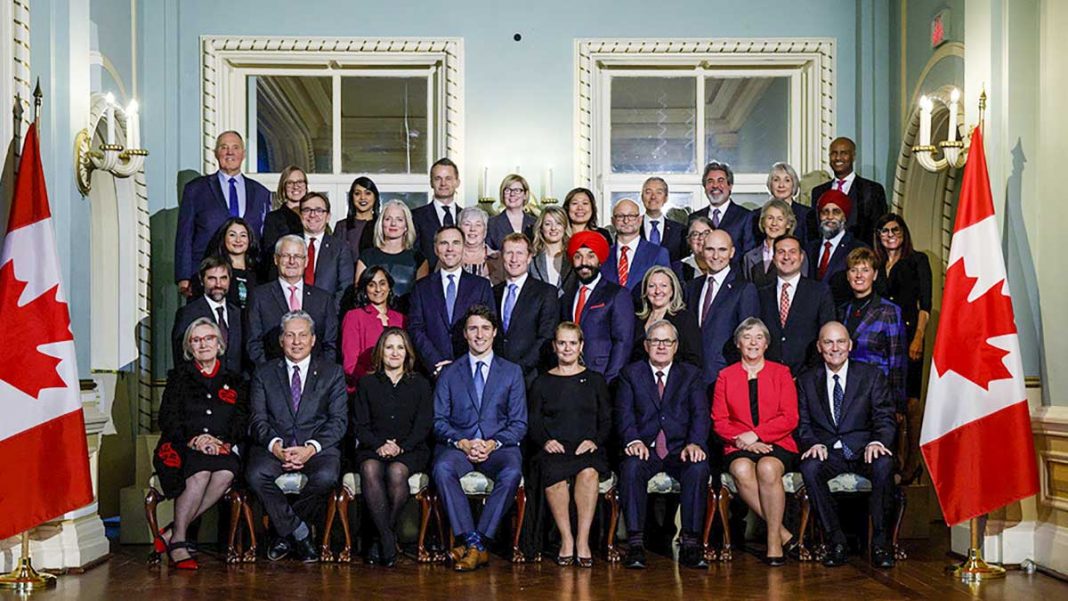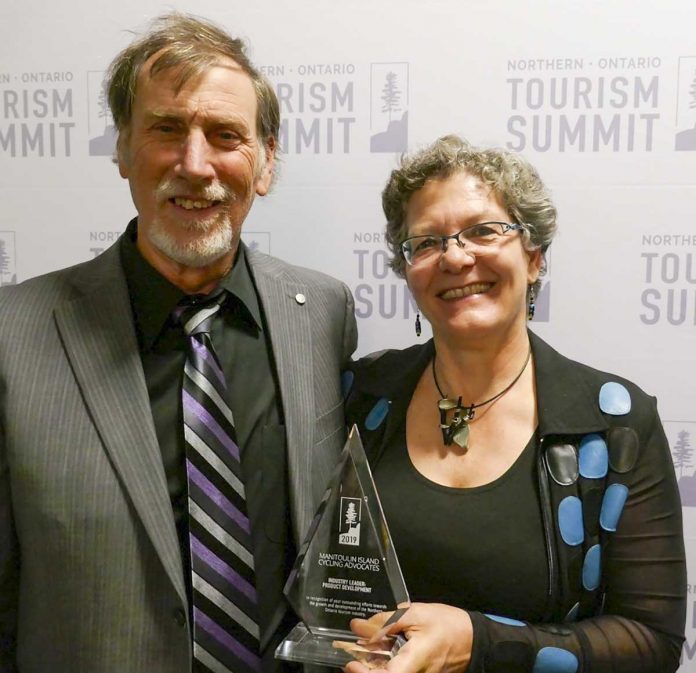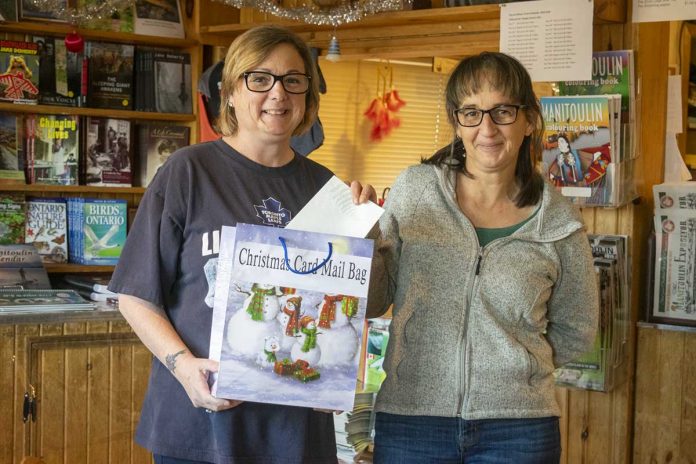OTTAWA – The dust has settled from the recent federal election and MPs new and returning have been sworn in, albeit with somewhat diminished ranks among the Liberal benches as the government of Prime Minister Justin Trudeau was reduced to minority status in the October poll. Prime Minister Trudeau unveiled a new cabinet that contains something old, something new and a fair bit of recycling. There are seven new faces around the considerably expanded cabinet table, but all of those new faces are from either Ontario or Quebec.
“I’m very excited today to be able to get down to work the way Canadians asked us to in this last election,” said Prime Minister Trudeau in a media scrum following the unveiling his new cabinet team. “To pull together the country, focus on issues of economic growth for the middle class, to fight climate change and to keep Canadians and their communities safe. That is our focus and this is the team to do that.”
Leader of the Official Opposition Andrew Scheer called the expanded cabinet “more bloated version of the same one that helped create an affordability crisis” and added that “Trudeau wasted an opportunity to begin a new approach. Instead, he’s doubling down on the same failures of the last four years.”
NDP leader Jagmeet Singh was ambivalent on whether the new cabinet inspired any confidence among the third party in the House. “What this government needs more than new ministers is a new commitment to working with us to deliver for Canadians,” he said in a press release titled ‘Trudeau shuffles cabinet, changes little.’
“I am pleased that the ministers have finally been named as I have several files that I need to correspond/meet with ministers on and so I can now move those cases forward,” said Algoma-Manitoulin-Kapuskasing MP Carol Hughes.
In response to the appointments themselves, Ms. Hughes shared a few thoughts. “Many are scratching their heads on the appointment of Steven Guilbeault as the minister of Heritage given his background as an environmentalist and question if the government is preferring to keep him at arms length from being too critical about the government’s commitment to fighting climate change,” she said. “There is also concern that the appointment of a minister of “middle class” takes the focus away from the important work that needs to be done to address poverty.”
“It would seem the prime minister is also focusing on the next election given an increase of appointments to Quebec MPs,” added Ms. Hughes, but she wasn’t completely negative on the appointments. “It appears that the prime minister did focus on gender parity when appointing his ministers and so I commend him for that. There are a few ministers who are maintaining their previous portfolios therefore this means they will already be knowledgeable on issues we were advocating for prior to the election.”
Still, time will tell, she notes. “Once Parliament returns in session the NDP will have a better sense in assessing the commitment of cabinet ministers and the government in their willingness to work with the opposition parties during this minority government,” said Ms. Hughes. “The prioritization of legislation on key issues will certainly be a determining factor.”
The interim Green Party leader, Jo-Ann Roberts, said her party had mixed feelings about the new cabinet, particularly the folding of some ministries in others. “I’m very disappointed that (the ministries of) Science and Democratic Institutions are no longer stand-alone departments,” said former Green Party leader Elizabeth May. “I had hoped that Mr. Trudeau would heed our call for a climate cabinet and also embrace the possibility of electoral reform, but neither of those options seem to be on the table.”
Among the top changes in this new shuffled mix are the appointment of Chrystia Freeland as deputy prime minister (a role that was not in the previous government) and as minister of Intergovernmental Affairs. The Alberta-born Ms. Freeland, widely regarded as one of the shiniest stars of the prime minister’s inner circle after successfully negotiating the new NAFTA with the US and Mexico, will now be tasked with healing the national rifts that appeared in the last election (the Liberals were locked out of Alberta and Saskatchewan). That mandate will likely prove to be a daunting task given the animosity between east and west highlighted by the election results.
Another top member of the Liberal team, Bill Morneau, remains Minister of Finance and Marie-Claude Bibeau will remain as minister of Agriculture and Agri-Food.
Carolyn Bennett will remain at the helm of Crown-Indigenous Relations as minister, but former Indigenous Services Minister Seamus O’Regan has been moved to Natural Resources. Mr. O’Regan had a number of struggles in his former role as minister of Veteran Affairs. Marc Miller, one of the new faces around the cabinet table, will take on the role of minister of Indigenous Services. Mr. Miller comes from a background in law, practicing commercial law with Stikeman Elliott in Montreal before winning his riding for the first time in 2015. Mr. Miller was parliamentary secretary for the minister of Indigenous Services. He has entered the history books for giving the first parliamentary speech entirely in Mohawk, a language he committed to learn due to the significant number of Mohawk constituents in his riding.
David Lametti, the minister who replaced Jody Wilson Raybould following her high profile demotion and subsequent expulsion from the Liberal ranks, remains minister of Justice and Attorney General of Canada.
Marc Garneau will remain as minister of Transport Canada; Diane Lebouthillier will remain as minister of National Revenue, Lawrence MacAulay remains minister of Veterans Affairs and associate minister of National Defence, while Harjit Sajjan remains minister of National Defence.
Among the new faces are Anita Anand, a former law professor at the University of Toronto who will be taking on the role of minister of Public Services and Procurement Canada. A rookie Oakville MP, she is Oxford educated with a background in law and corporate governance.
Mona Fortier will be the first minister of Middle-Class Prosperity as well as associate minister of finance. Ms. Fortier has already come under fire for heading up an oddly-named new ministry and not being willing to define the nebulous term “middle class.” In fairness, Ms. Fortier, like all ministers, has not yet received her mandate letter and briefings on her new role.
Another new face, Steven Guilbeault, will take on the role of minister of Canadian Heritage. Mr. Guilbeault was a star Liberal candidate who wrested the Montreal riding of Laurier-Sainte Marie from the NDP. A prominent Quebec environmental activist was a star Liberal candidate and snatched Montreal’s Laurier-Sainte-Marie away from the NDP. An opponent of pipelines, Mr. Guilbeault’s new role will likely keep him at arm’s length from the government’s pipeline plans likely to prove critical to the government’s rapprochement with the west.
Marco Mendicino will be minister of Immigration. He held onto the urban Toronto seat of Eglinton–Lawrence he was first elected to in 2015. Mr. Mendicino, a lawyer, has cut his teeth as a government representative with the media on many high profile issues, including SNC-Lavalin. He will likely be tasked with increasing immigration levels and spreading those new Canadians more equitably across the nation.
The aforementioned Mr. Miller rounds out the list of seven new cabinet ministers.
Most of the seats at the cabinet table have been shuffled as the government enters the turbulent waters of a minority government and those changes include many high profile returnees.
Navdeep Bains becomes minister of Innovation, Science and Industry; Bill Blair becomes minister of Public Safety and Emergency Preparedness; former House Leader Bardish Chagger becomes minister of Diversity and Inclusion and Youth, taking over the Youth portfolio from the prime minister; François-Philippe Champagne is the new minister of Foreign Affairs; Jean-Yves Duclos becomes president of the Treasury Board; Karina Gould becomes minister of International Development; Patty Hajdu becomes minister of Health; Ahmed Hussen becomes minister of Families, Children and Social Development; Mélanie Joly becomes minister of Economic Development and Official Languages; Bernadette Jordan becomes minister of Fisheries, Oceans and the Canadian Coast Guard; Dominic LeBlanc, still in recovery from cancer, becomes president of the Queen’s Privy Council for Canada; Catherine McKenna becomes minister of Infrastructure and Communities; Maryam Monsef becomes minister for Women and Gender Equality and Rural Economic Development; Joyce Murray becomes minister of Digital Government; Mary Ng becomes minister of Small Business, Export Promotion and International Trade; Carla Qualtrough becomes minister of Employment, Workforce Development and Disability Inclusion; Pablo Rodriguez becomes Leader of the Government in the House of Commons; Deb Schulte becomes minister of Seniors; Filomena Tassi becomes minister of Labour; Dan Vandal becomes minister of Northern Affairs; and Jonathan Wilkinson is the new minister of Environment and Climate Change.
Former cabinet minister Jim Carr, who stepped away from the table last term due to health issues, will take on the role of special liaison to the west and, although he will not be seated at the cabinet table, he is expected to play an integral role in helping to bridge the current national divide.





